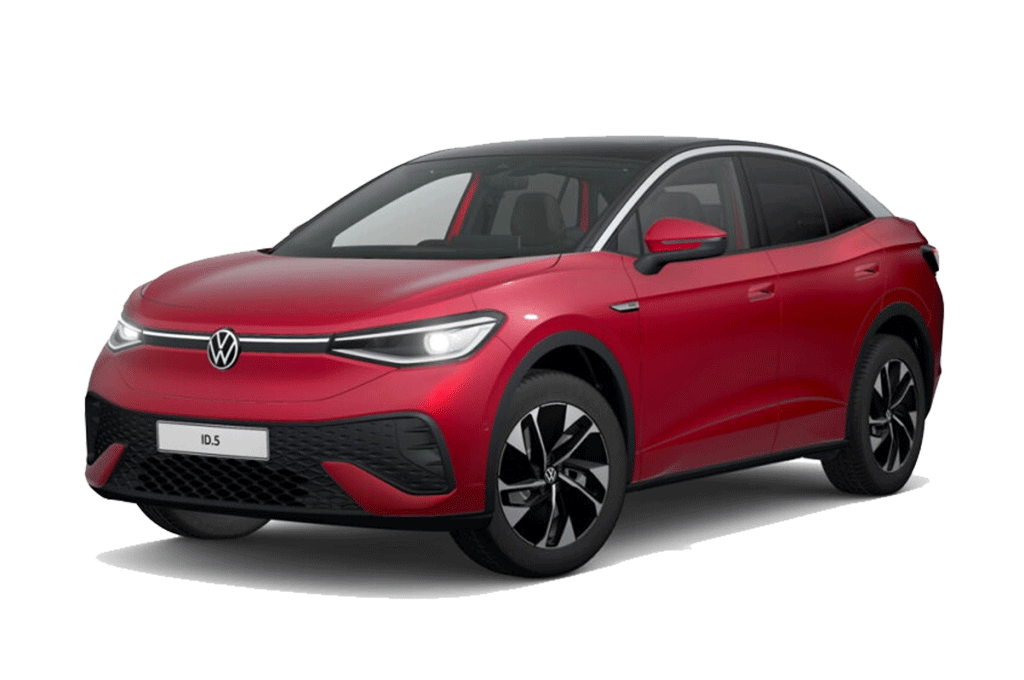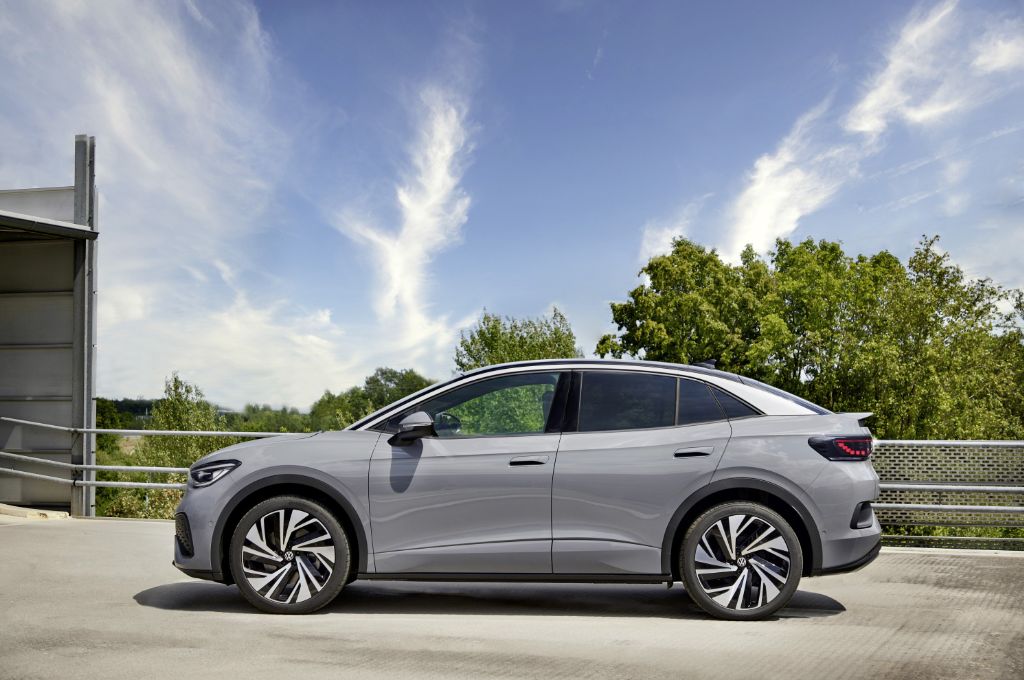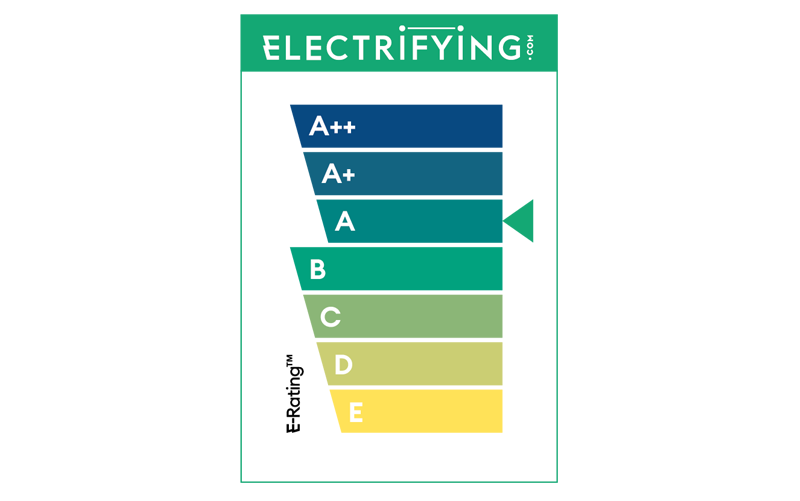Range
As of the 2024 facelift, the Volkswagen ID.5 has had a claimed range of 342 miles in standard ID.5 Match guise, while the all-wheel drive ID.5 GTX manages 328 miles. Official efficiency is between 3.7- and 3.9 miles per kWh, which isn’t bad, and is on a par with the Kia EV6, if not quite what you get with the Tesla Model 3.
As for real-world range, you’ll see around 260- to 320 miles from the ID.5 Match depending on conditions, or around 240- to 300 miles from the ID.5 GTX. You’ll always see a lower range from an electric car in winter, while summer temperatures will see the range increase.
It's a shame that you have to pay over £1000 to get a heat pump on the ID.5, as this helps to improve winter efficiency and is also standard on plenty of rivals.
Battery
The ID.5 gets a usable battery capacity of 77kWh (total of 82kWh), and it uses the same lithium-ion NMC battery chemistry as most rivals - including the Kia EV6, Peugeot E-3008 and Nissan Ariya. Volkswagen also covers the batteries in its electric cars with an eight-year, 100,000 mile warranty, and will replace or refurbish the battery if it drops below 70% of its as-new performance within that warranty period.
You should expect a small amount of degradation over the life of the battery, but with the fairly long range of the ID.5 it’s unlikely to be a problem. Data shows that you should expect to lose around 10-15% of the battery’s performance over the first ten years and 100,000 miles, while these days most batteries outlast the life of the car itself and can then go on to be recycled or re-used. A good second-hand electric car specialist will be able to provide a report on the state of the battery, if you’re considering a used electric vehicle.
Charging
When it was originally launched, the ID.5 had peak charging speeds of 135kW on every model, but as of 2024 the GTX has been upgraded to 175kW. That means that, if you plug into a powerful enough charger, you’ll get an 80% charge in the ID.5 Match in around 30 minutes, while the GTX is capable of the same in 20 minutes. Put another way, a 100-mile top-up in around 20 minutes in the standard ID.5, or under 10 minutes in the GTX.
If you are planning to charge on-the-go at a rapid charger, be sure to stick the charger location in the car’s nav, as the ID.5 will then warm up the battery ahead of your arrival, which will help to achieve faster charging.
Most drivers will do the vast majority of charging at a 7kW home charger, where the ID.5 will get a full battery from nearly empty in under 12 hours. It can also charge at 11kW from an AC charger. If you’re lucky enough to have access to one of these charging points - which are normally found at offices or industrial sites – you can fully charge the ID.5 in under eight hours.














.jpg)

.jpg)
.jpg)
.jpg)
.jpg)
.jpg)
.jpg)
.jpg)
.jpg)
.jpg)
.jpg)






 PV5_Cargo_Key visual image_2.png?width=300&height=185)

